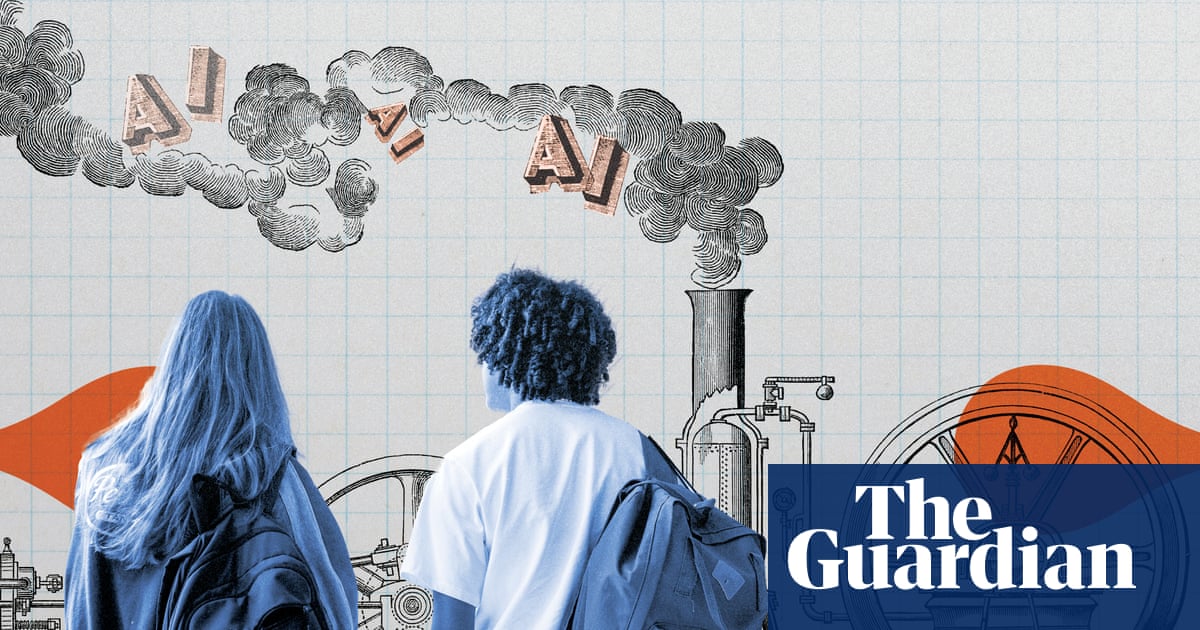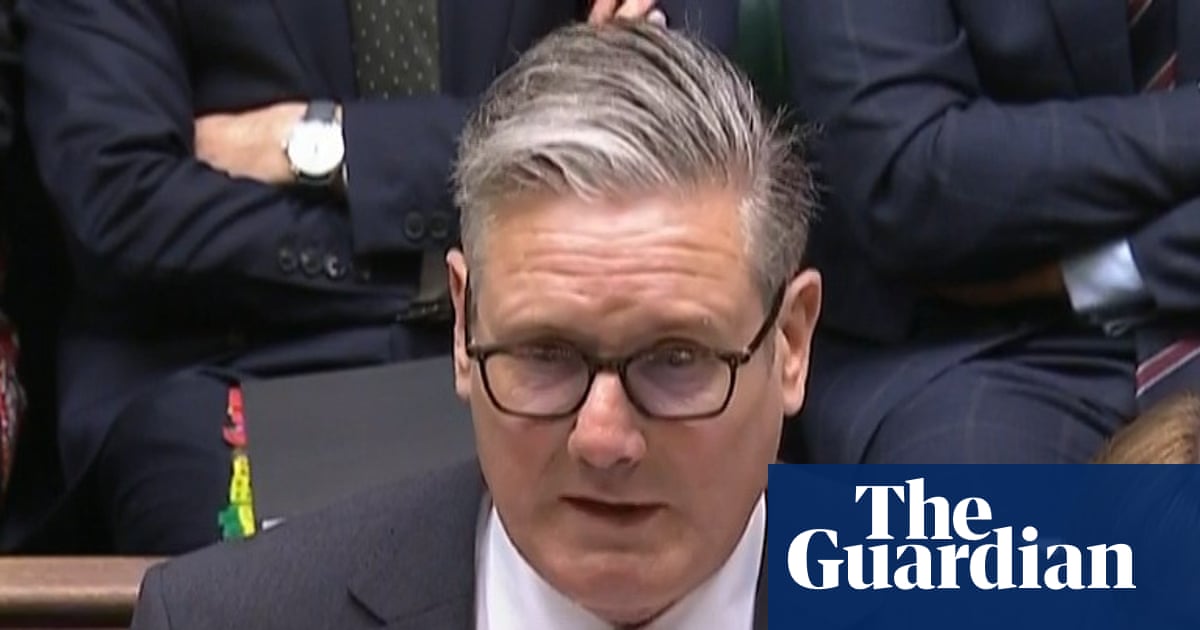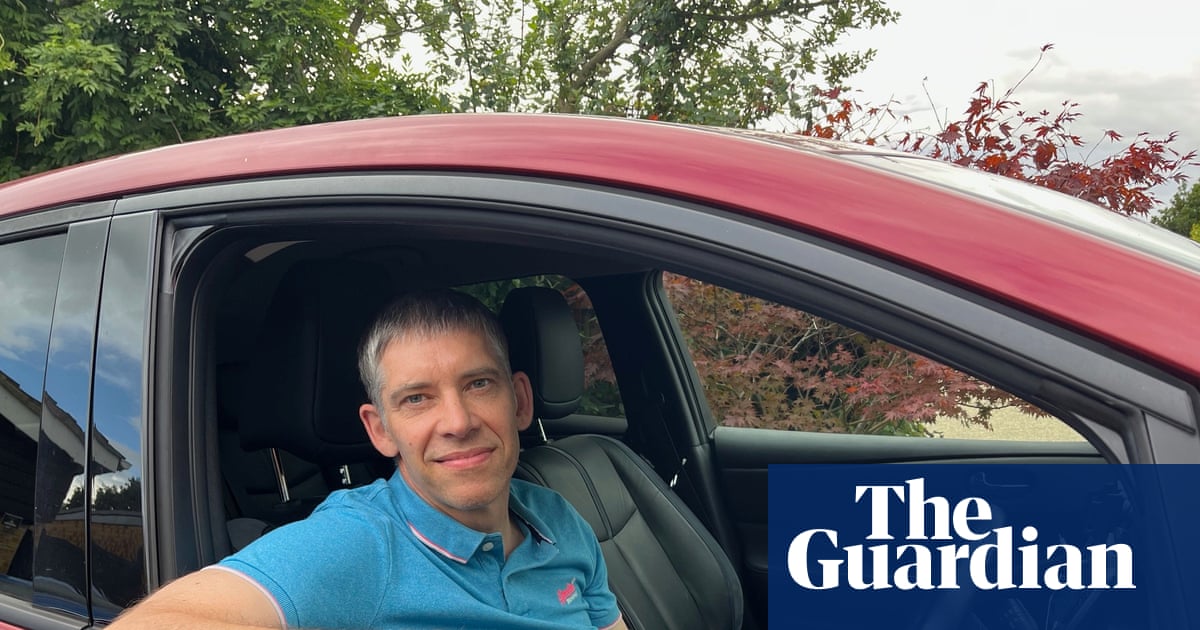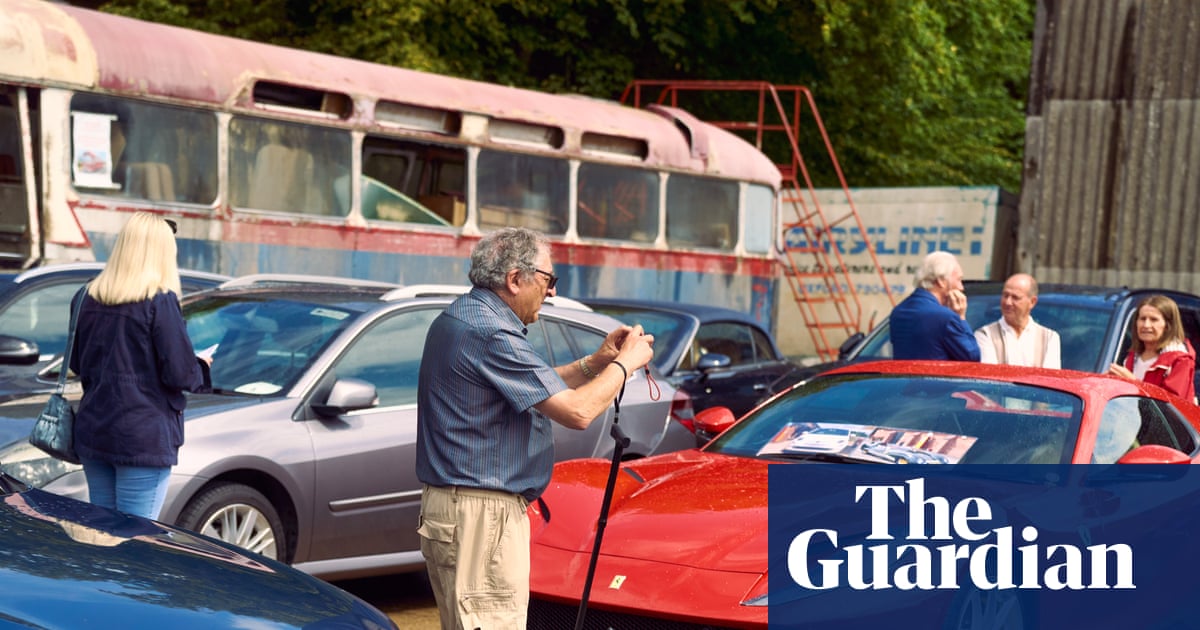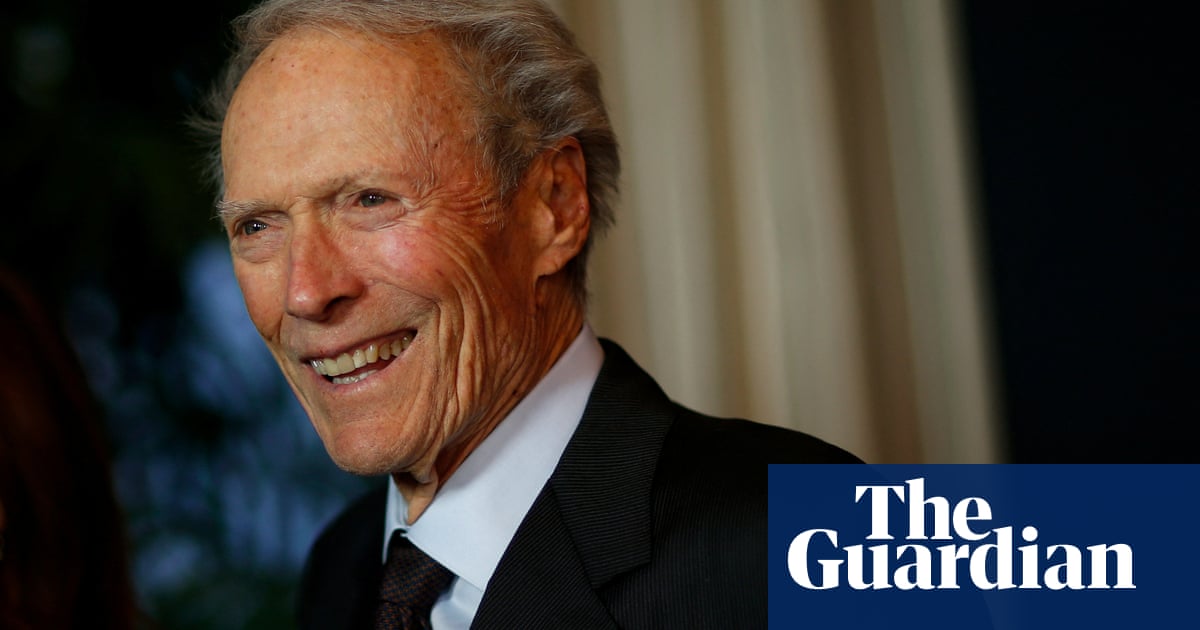Donald Trump’s crackdown on immigration upended lives on inauguration day when he abruptly closed the border for many who were just on the Mexican side of the border planning to cross into the US legally. Five months on, some hold on to hope, others are giving up.
A family from El Salvador seeking asylum was left stranded at the border within sight of Texas only three days into the second Trump administration. A grandfather, his daughter, his niece, her husband and two of his grandchildren had done things “the right way”, by requesting one of the highly limited appointments with US Border Patrol, from the Mexican side using the Biden-era mobile phone app called CBPOne. But on January 20, Trump signed an executive order cancelling all scheduled appointments, including theirs on 23 January at noon.
Trump crushed the family’s access to seek asylum, along with their dreams – and those of 30,000 other migrants who had been given prized appointments through the app. Many of them were fleeing combinations of extreme violence, authoritarianism and poverty in El Salvador, Haiti, Cuba, Venezuela or within Mexico.
The Salvadoran family was turned back by US officials on the international bridge connecting Reynosa in northern Mexico to McAllen in south Texas.
Bewildered and upset, they did not know where to turn.
That was when they ran into a local pastor, Hector Silva, who runs two migrant shelters in Reynosa, known as Senda de Vida 1 and 2, that together can hold up to 5,000 people. He took the family under his wing. Their names are being withheld so as not to jeopardize their safety.
“In El Salvador we will always be at risk since our brother was killed by gang members,” said one of the women. He was murdered back in 2014 when he was 18. “My father recently worked as an Uber driver but he was being extorted,” she added. And she herself had been unemployed.
Shelters like Silva’s were overcrowded a few years ago, but as centrist Democratic president Joe Biden swung further right on immigration and tightened access, numbers dropped. With Trump’s even harder line, numbers have dwindled further. By April, only about 200 people were staying at Silva’s shelters.
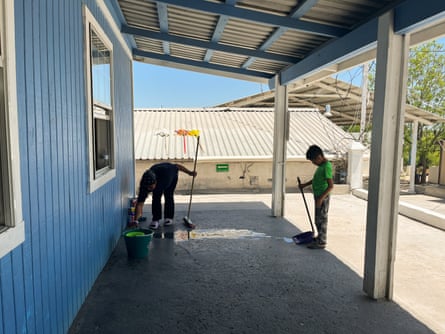
The pastor founded his first shelter on a landfill site in Reynosa almost 30 years ago. Over the years he has heard stories of husbands being murdered, daughters being raped, and extortion payments from criminal gangs in their home regions that were too expensive to pay. “These families need to migrate to protect themselves and their loved ones,” he said.
While he respects the US’s pledge to secure the border, he urges the administration to loosen its policies, especially for the right to request asylum. “Many of these families are good people who deserve an opportunity,” he said.
Across the courtyard, Karina, a Mexican woman from the state of Chiapas mopped the floor in front of her dorm, while her eight-year-old son slurped on a bowl of Fruit Loops cereal. Together, they had crossed the entire country to escape threats of cartel violence and organ trafficking in their community. “Everything was complicated. So we had to flee before anything happened to us,” she said when the Guardian visited in April. Karina had already been at the shelter for eight months waiting for a US appointment, trying the controversial app daily. Such a wait, or longer, was not uncommon, exposing those waiting to the dangers that stalk some parts of the border, particularly from cartel kidnappings for ransom. Waiting was better than nothing, however. But then the US government app stopped working before the authorities got back to her.
According to Gretchen Kuhner, the director of the Institute for Women in Migration (IMUMI), a Mexican non-profit that supports migrant women, Karina was far from alone in fleeing violence within Mexico, joining a growing number of people seeking safety elsewhere.
“Lots of people think Mexicans are economic migrants. But they don’t realize the number of people from Mexico who were applying to CBPOne,” Kuhner said. “The Mexican government does not want to talk about” the violence driving migration, she said.
Karina was racked with uncertainty. “We don’t know what will happen. Or if we will be able to cross,” she said when she talked to the Guardian in April.
She saw herself working in a US packaging warehouse or in a shop, making a new life. “If God lets me cross to the United States, I know I will have the ability and intelligence to learn,” she said. The father of her child had been expecting them in Virginia, she said, dejectedly.
Immigration advocates clarify that the drop in migration and empty shelters have been created by US immigration policy, not because the risks and needs in countries of origin are any less dire.
Andrés Ramirez, the former coordinator of Mexico’s Refugee Agency (COMAR), said the numbers of migrants entering Mexico from the south had already dropped considerably in 2024 as Panama cracked down on migration through the Darién Gap. From January to April 2025, a mere 73 people had made the treacherous journey across the jungle, down from 82,000 in August 2023.
The 30,000 people whose appointments with US immigration officers were cancelled are now hard to locate. Many are thought to have dispersed across Mexico. Some have been deported by the Mexican government. Others have flocked to cities such as Monterrey or Mexico City in search of work. Many are stuck in desperate conditions in the southern city of Tapachula, bordering Guatemala. And some are applying for asylum in Mexico. But an IMUMI report warns against the country being safe for many migrants seeking protection.
Others back at the Senda de Vida shelter have given up on the American dream for now. Wendy, a beautician in her 30s traveling with her son and sister-in-law from Honduras, felt out of options and planned to return home and hope for the best. She would probably turn herself in to Mexican immigration officials who have been busing migrants down south, she said.
“We have never had much financial stability. My son is in school now. I was hoping to have my own business and my own little house in the US,” she said.
Some cross without authorization after all. “People are hiring smugglers at newly inflated rates”, or taking more dangerous routes, said Kuhner.
Silva, meanwhile, is busy fixing up his shelters. Sooner or later, more migrants will return. “This is not over. Nor will it end. Migration will continue,” he said.

Earlier this month, some who were at the shelter in April had gone back to their countries, some had crossed unlawfully into the US, others had taken off to try their luck in Mexico City.
The Salvadoran family was still in Reynosa. The grandfather may return to El Salvador with his grandson through a program with the International Organization for Migration (IOM), a United Nations body, despite the risk and having sold their house and car to fund the journey north. Some continued to hope and pray for better fortunes.
For those stuck, Silva opened his arms in the modest courtyard with a smile. “Here you won’t want for anything. Even if it is just a tortilla with salt,” he said.

 2 months ago
42
2 months ago
42
